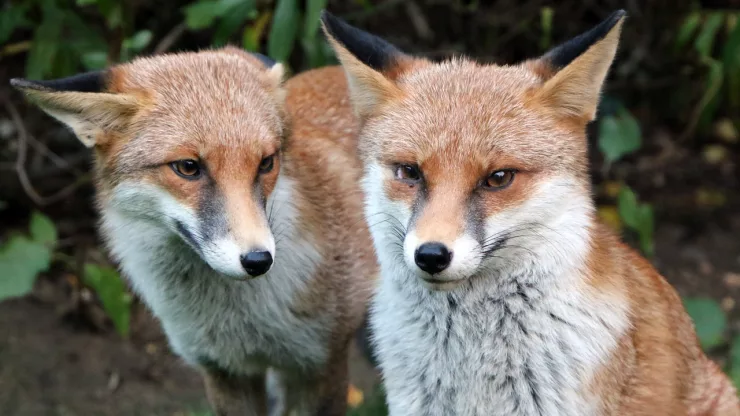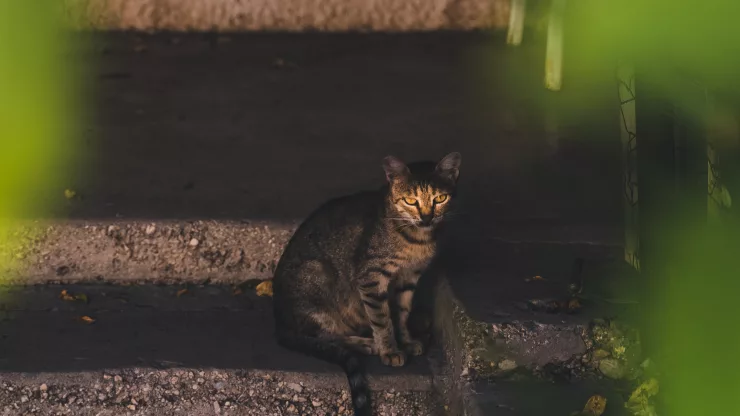Urban areas are often characterized by their concrete jungles, but they are also homes to a wide range of wildlife.
As cities continue to expand, the need for sustainable urban wildlife management becomes more pressing.
Wildlife technicians play an essential role in this management by ensuring that human-wildlife interactions are safe and sustainable for both parties.
In this article, we explore the role of wildlife technicians in urban wildlife management.
Jump to Section
The Vital Role of Wildlife Technicians
Wildlife technicians are professionals who specialize in the management and conservation of wildlife populations in urban areas.
Their role is crucial in protecting and maintaining the ecological balance of urban areas.
Wildlife technicians work with various stakeholders, including government agencies, NGOs, and private entities to develop and implement strategies to manage urban wildlife.
Some of the roles and responsibilities of wildlife technicians include:
- Conducting research on urban wildlife population dynamics
- Monitoring and assessing the impact of human activities on wildlife populations
- Developing and implementing management plans for wildlife populations
- Conducting outreach and education programs to raise awareness about urban wildlife management
Managing Urban Wildlife for the Future
Urban wildlife management is critical to ensure the sustainability of wildlife populations in urban areas.
Wildlife technicians work to manage urban wildlife populations in a way that is both safe and sustainable for both humans and wildlife.
They consider various factors, such as habitat loss, food availability, and human-wildlife conflict, to develop management plans that balance the needs of all stakeholders.
Some of the strategies used by wildlife technicians in urban wildlife management include:
- Habitat restoration and creation
- Wildlife relocation and translocation
- Population control measures, such as sterilization or culling
- Education and outreach programs to promote coexistence between humans and wildlife
Understanding the Science of Urban Wildlife Management
Urban wildlife management is a complex science that requires a deep understanding of wildlife biology, ecology, and behavior.
Wildlife technicians use this understanding to develop management plans that are evidence-based and effective.
They use various tools and techniques, such as GPS tracking, remote sensing, and population modeling, to gather data and analyze wildlife populations.
Some of the key factors that wildlife technicians consider in urban wildlife management include:
- Habitat quality and availability
- Food availability and accessibility
- Human-wildlife conflict
- Predation and competition
The Importance of Collaboration in Wildlife Management
Wildlife management is a collaborative effort that requires the participation of various stakeholders.
Wildlife technicians work closely with government agencies, NGOs, and private entities to develop and implement management plans that are effective and sustainable.
Collaboration is essential to ensure that all stakeholders have a voice in the decision-making process and that management plans are transparent and accountable.
Some of the benefits of collaboration in wildlife management include:
- Increased public awareness and support for wildlife management efforts
- Improved decision-making through the integration of diverse perspectives and expertise
- More effective and sustainable management plans that balance the needs of all stakeholders
FAQ
What are some common urban wildlife species?
Some common urban wildlife species include raccoons, squirrels, skunks, and opossums.
What are some strategies used in urban wildlife management?
Some strategies used in urban wildlife management include habitat restoration and creation, wildlife relocation and translocation, population control measures, and education and outreach programs.
Why is urban wildlife management important?
Urban wildlife management is essential to ensure the sustainability of wildlife populations in urban areas and to promote coexistence between humans and wildlife.
Effective wildlife management can help reduce human-wildlife conflict and protect the ecological balance of urban areas.
Urban wildlife management is an essential component of sustainable urban development.
Wildlife technicians play a vital role in this management by ensuring that human-wildlife interactions are safe and sustainable for both parties.
By understanding the science of urban wildlife management, collaborating with various stakeholders, and developing evidence-based management plans, wildlife technicians can help promote coexistence between humans and wildlife and protect the ecological balance of urban areas.
I’m a nature enthusiast and creator of Metro Wilds and have spent years exploring the great outdoors.
With a passion for environmental conservation and sustainability, I have dedicated my career to writing about the beauty and wonders of nature, as well as the threats facing our planet.
Contact me at [email protected] for assistance.





